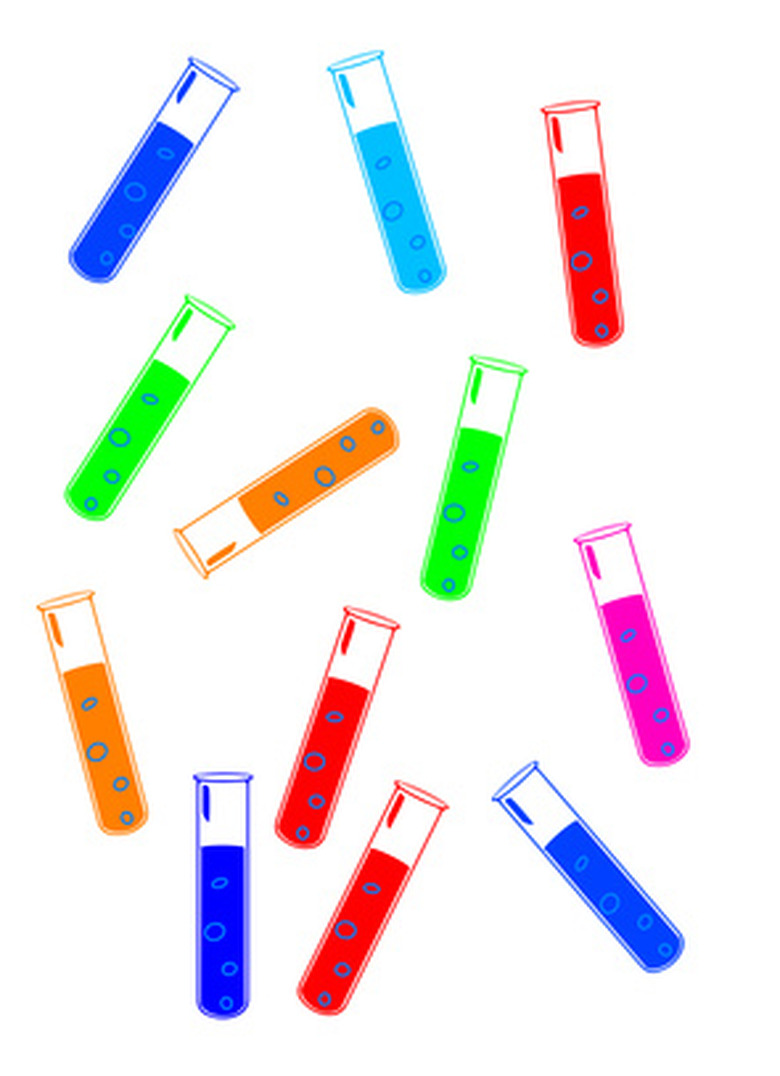Chemical Processes In Forensics
Forensic scientists help link crime scenes with the criminals responsible. Trained scientists can analyze fingerprints and DNA, identify drugs or fibers at a crime scene and match bullets to the gun that fired them. The government uses forensics to investigate crimes and terrorist incidents and to check for traces of chemical or nuclear weapons. Chemical processes are among forensic scientists' most useful tools.
Mass Spectroscopy
Mass Spectroscopy
In a technique developed at the Lawrence Livermore National Laboratory, scientists use a laser to vaporize chemical particles or fibers, the lab's website states. A spectrometer sorts the components of the sample based on their molecular weight, then the operator identifies them. Human and animal hair absorbs traces of chemicals from the body, so by vaporizing a hair, the operator can identify illegal drugs someone has ingested. Hair from a drug-dealer's dog might provide proof the dog was exposed to drug-making chemicals.
Gas Chromatography
Gas Chromatography
Forensic scientists use gas chromatography to analyze liquids. A chromatograph is a machine that boils liquid, breaking it down into gas; the gasses separate based on their boiling point, which enables the operator to identify them individually as they pass through a detector. This process can be used to identify seized drugs.
Electrophoresis
Electrophoresis
Forensic scientists can use electrophoresis to break down blood, saliva or semen so that the molecules can be analyzed by treating them with enzymes. Electrophoresis uses an electric field to separate biological molecules based on their electric charge, according to the biology department of Gustavus Adolphus College.
The Griess Reagent Test
The Griess Reagent Test
When someone shoots a gun, it leaves traces of powder on their skin and clothes. Forensic scientists used to coat a suspect's hand with melted paraffin to pick up the gunshot residue, but this wasn't always reliable. Today, the National Institute of Justice states, a compound known as the Griess reagent provides a more accurate test. The reagent reacts with burned nitrites in the powder residue and turns them bright orange.
Charcoal strips
Charcoal strips
When forensic scientists investigate arson cases, it's important for them to identify the "accelerant" used to make the fire burn hot and fast–for example, kerosene or gasoline. One method, according to the Enotes website, is to place charcoal strips on the debris. The strips absorb the accelerants, the scientists dissolve the strips and then analyze the chemicals left behind.
Cite This Article
MLA
Sherman, Fraser. "Chemical Processes In Forensics" sciencing.com, https://www.sciencing.com/chemical-processes-forensics-6799067/. 24 April 2017.
APA
Sherman, Fraser. (2017, April 24). Chemical Processes In Forensics. sciencing.com. Retrieved from https://www.sciencing.com/chemical-processes-forensics-6799067/
Chicago
Sherman, Fraser. Chemical Processes In Forensics last modified August 30, 2022. https://www.sciencing.com/chemical-processes-forensics-6799067/
